|
I often get asked about tips for helping students build self-direction skills. Teachers commonly enter the world of student-led learning inspired and confident but quickly discover that many of their students are unable to self-direct, and that can be frustrating not just for you but for your students as well.
0 Comments
Teaching 21st-century skills is essential for 21st-century learners. That is the truth of it. Content knowledge is important, but soft skills are as well. As the world around us transforms, the value of and need for particular skills shifts.
What are 21st century skills in education and why are 21st century skills important for 21st-century learners? In short, soft skills are essential for modern day life and the workplace. Therefore, teaching 21st century skills, in my opinion, is as important as teaching content. But why?
Let me paint you a little picture... What are some essential life skills and how can you as a teacher help your high school students build these essential skills? With experiential learning! This post offers some life skills example projects to inspire you! Let’s take a look!
Creating opportunities in the classroom for students to build 21st-century skills should be a priority for today's educators. ALL of them.
How do you infuse 21st-century skills seamlessly into the curriculum or learning day? I like to promote 21st-century skill-building with inquiry-based learning strategies.
Are worksheets good or bad? That is the question.
For those of you that follow my blog closely you have probably formulated a guess as to my answer to this question. I'm going to start by saying that I don't think worksheets are "bad". I believe that they have a place in this world, but in very very very very very small doses. There are ample alternatives to worksheets, and I hope you'll consider them.
How to Teach the 21st-Century Skills and Content Knowledge
Content knowledge and 21st-century skills? Can educators teach both to 21st-century learners? The answer is yes, they can do it all, and at this point, they must.
Not long ago my husband and I got into a conversation about the importance of 21st-century skills. What is more valuable, skills or content knowledge? I argued (and have argued here before), that you can't have one without the other, and it is one of our greatest responsibilities as educators to provide opportunities for development in both. The year 2020 has been a doozy. In a matter of six months there has been a pandemic, school closures, economic collapse, "murder hornets", countless instances of racial injustice, and an uprising, one that has been a long time coming. I've been thinking about how these unprecedented events have impacted the lives of my students and what power they have to shape the uncertain future of this world.
Here comes another "C"! Have you noticed that many of the skills I've been covering in my 21st-century skills series start with a "C"? Those are the 4 C's of education; critical thinking, creativity, communication and collaboration.
There are many 21st-century skills, but the 4C's lay the foundation for the others, in my opinion. Last night my three-old tried to climb out of the bathtub by herself. I helped her back in the tub and explained to her that the bathtub ledge is smooth and wet, and therefore, slippery.
|
Blog IntentTo provide innovative educational resources for educators, parents, and students, that go beyond lecture and worksheets. AuthorSara Segar, experiential life-science educator and advisor, curriculum writer, and mother of two. Categories
All
|
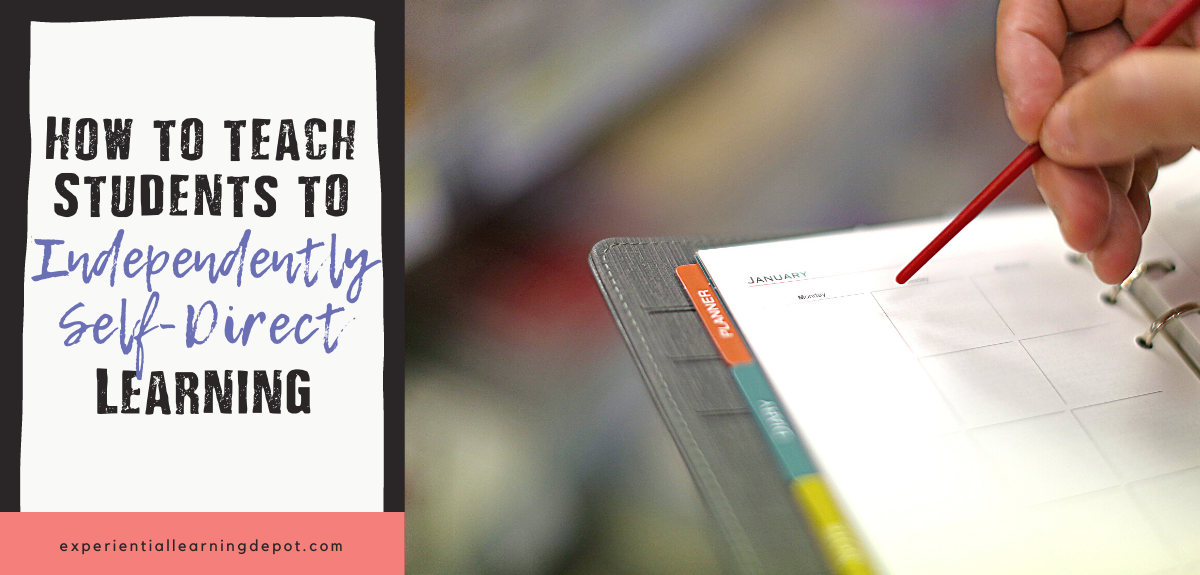
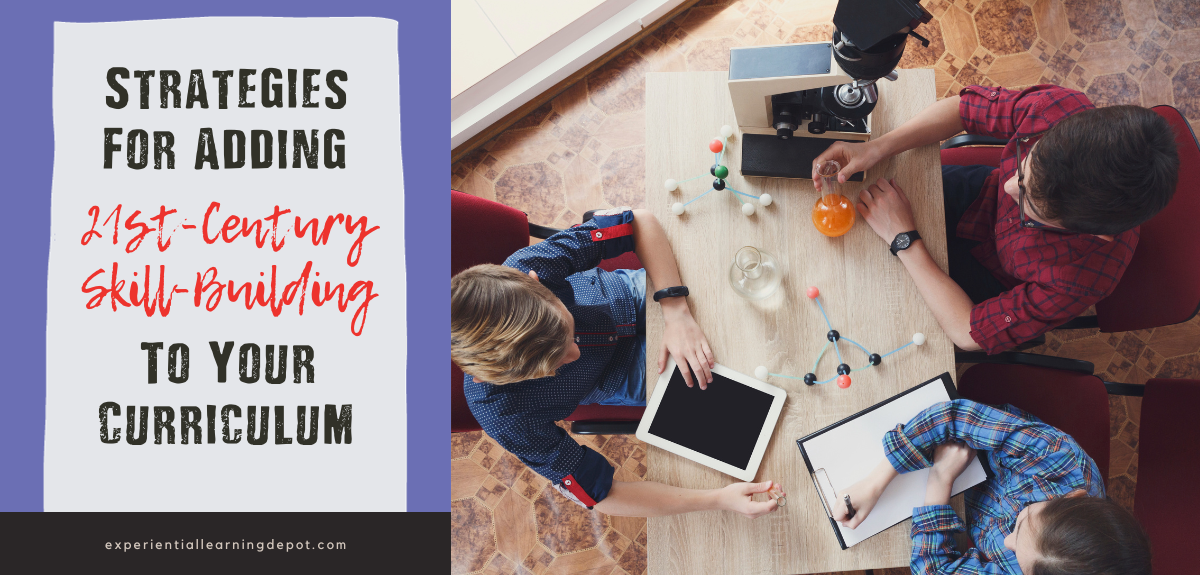
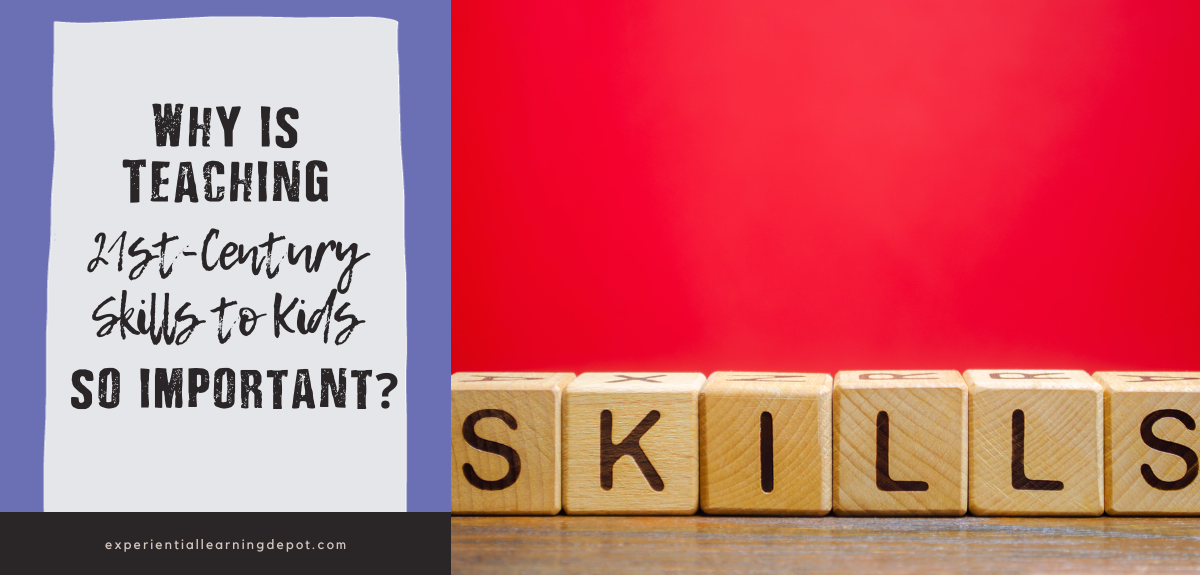
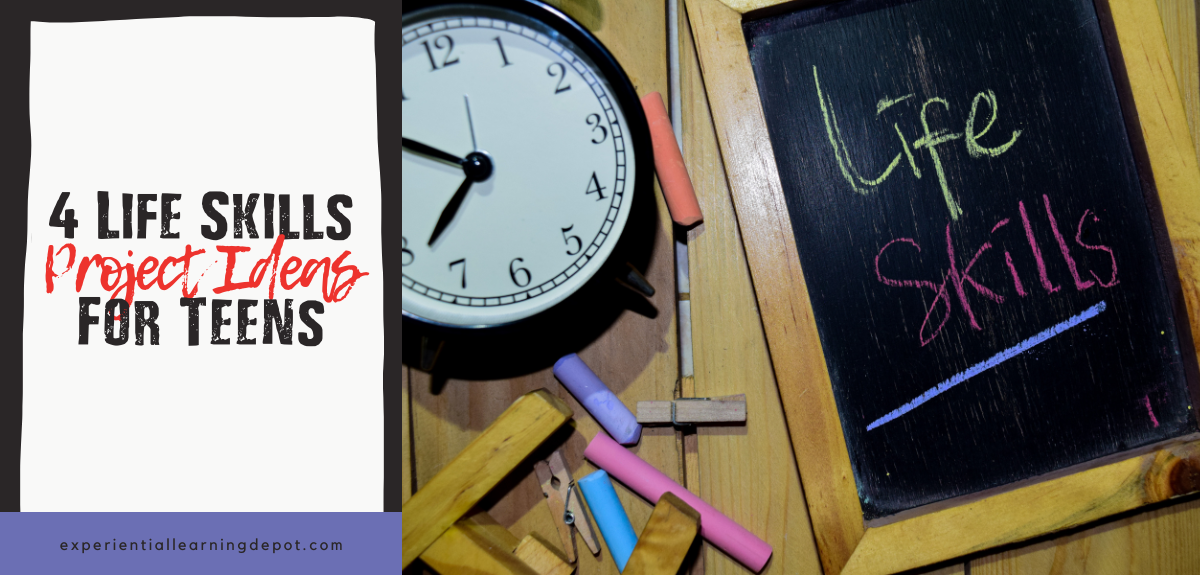
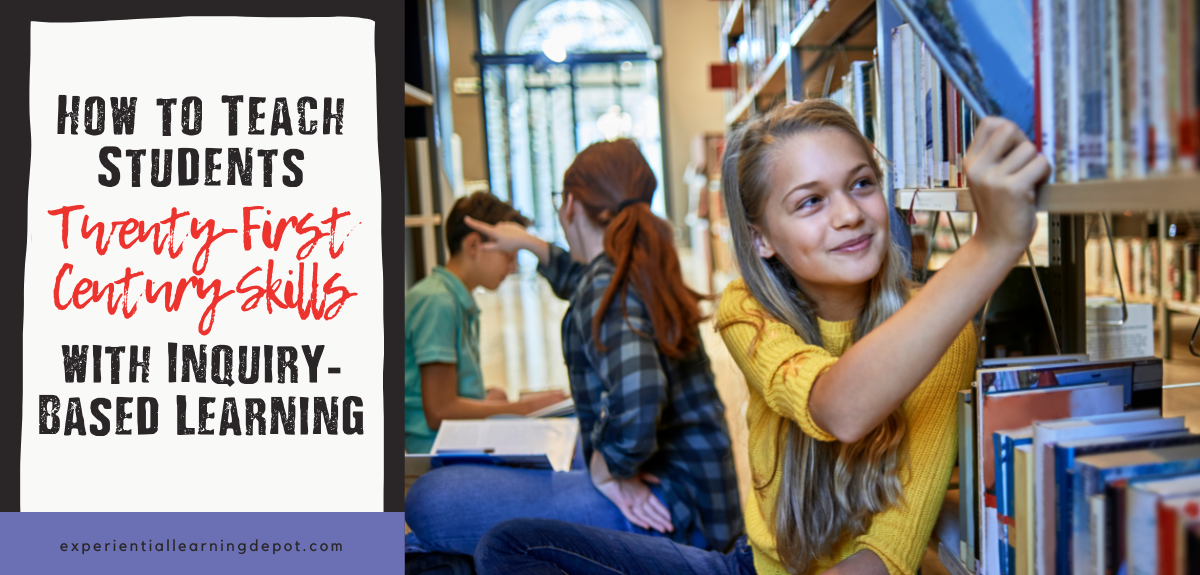
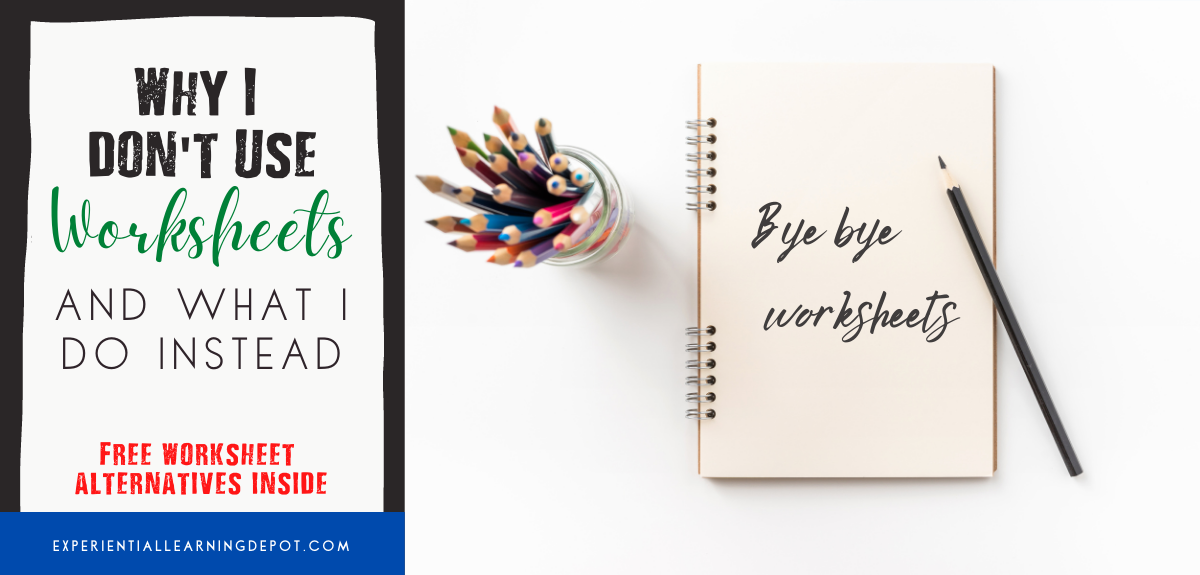
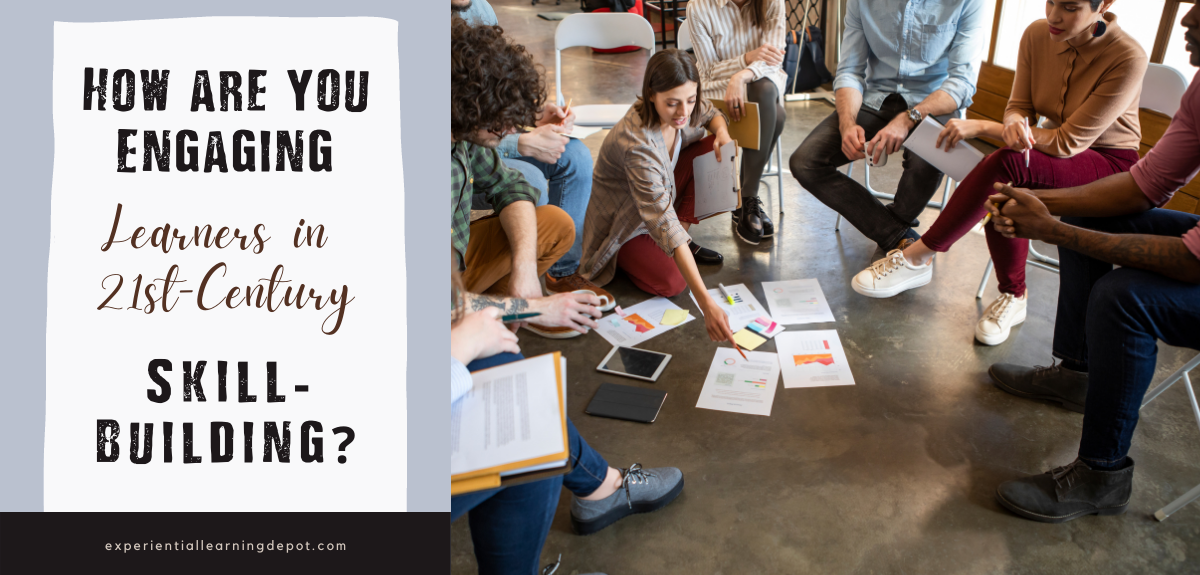
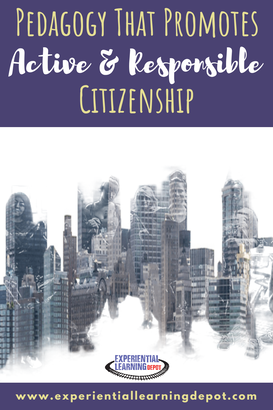
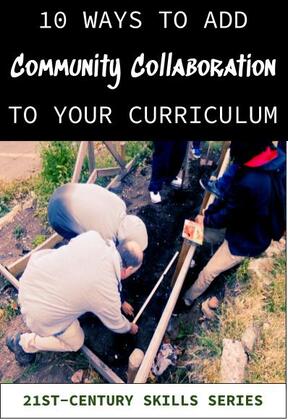
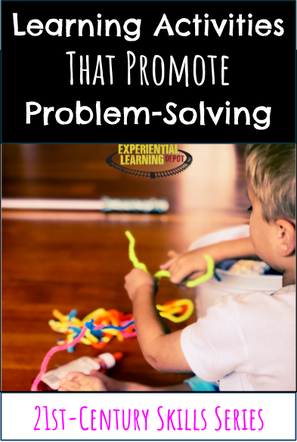


 RSS Feed
RSS Feed